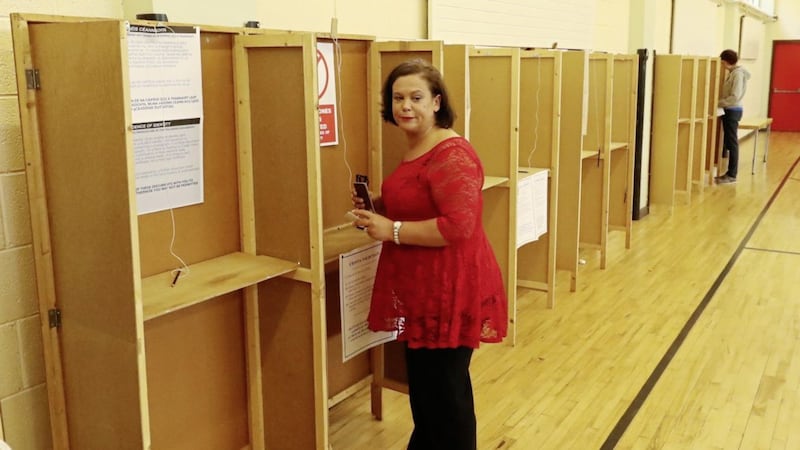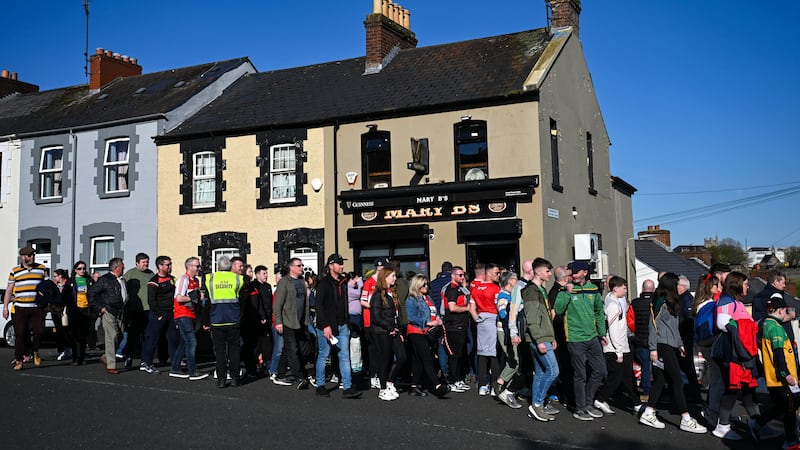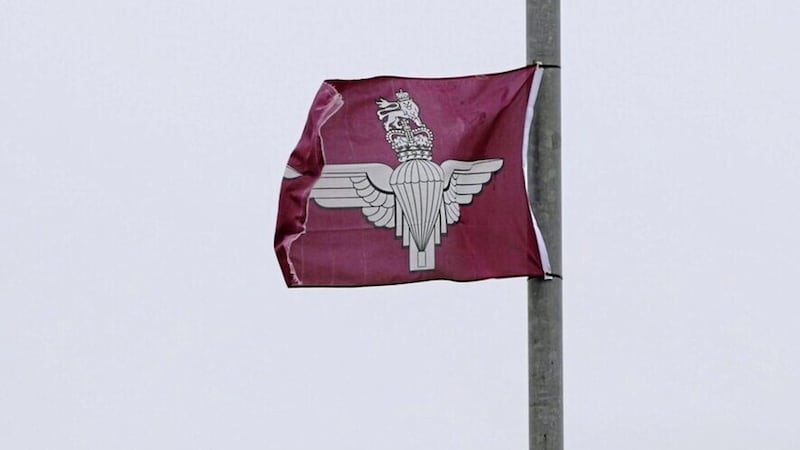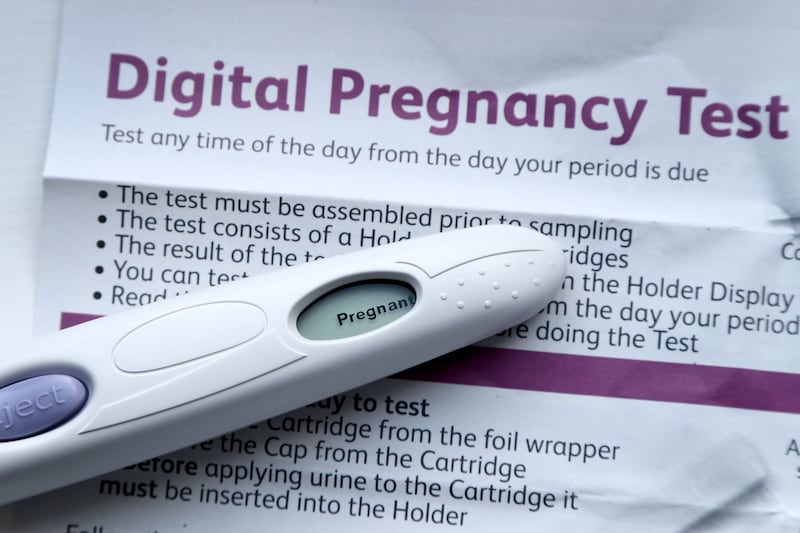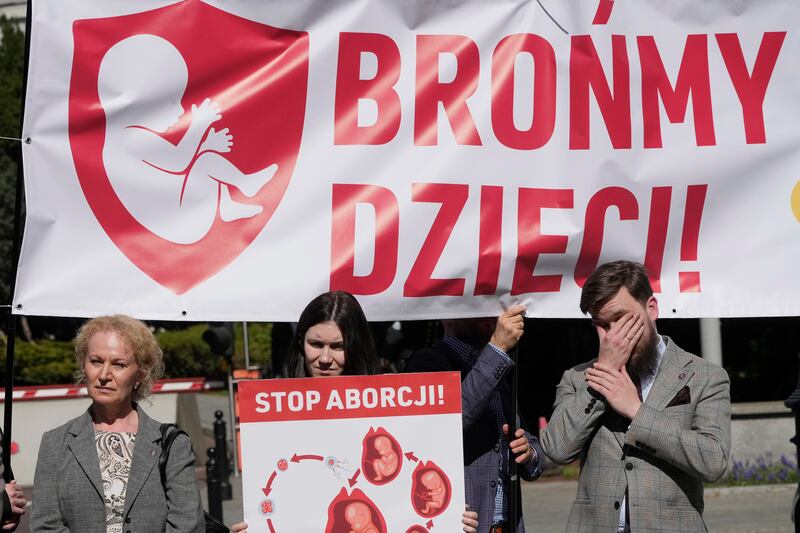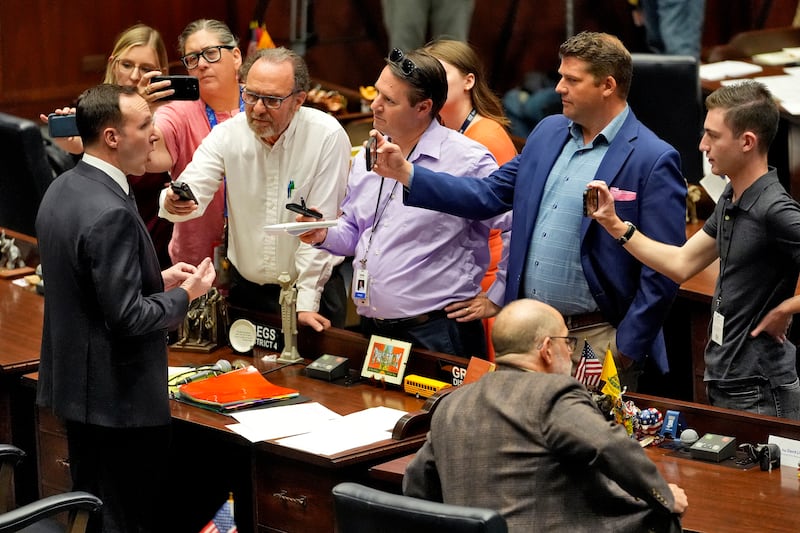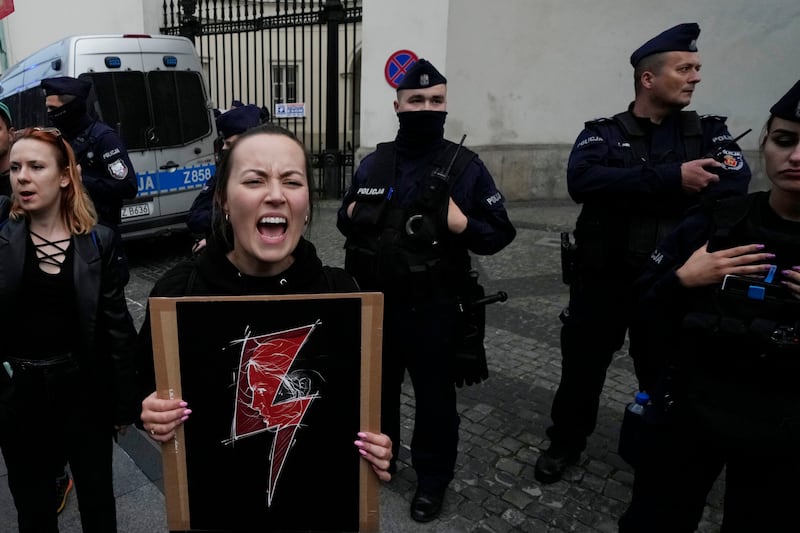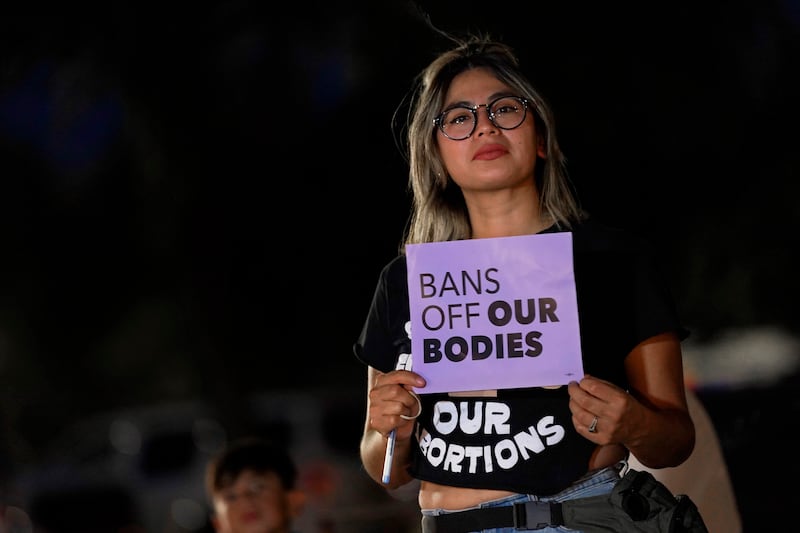It’s a sure sign that our politicians are making an impact internationally when they attract the attention of the New York Times.
I have been reading that paper myself since working as an immigrant labourer in the Bronx in the mid-1970s. At that time, Mary Lou McDonald would have been a child of five or six, growing up in the placid suburb of Rathgar on Dublin’s southside. Hopefully she wasn’t thinking about the troubles in the north at such an early age, although the rest of us were - and losing plenty of sleep in the process as the death-rate hovered between 200 and 300 a year.
Now she is leader of Sinn Féin and the subject of an interview with the aforementioned newspaper, conducted by a journalist with the interesting name of Shawn McCreesh. A graduate of St John’s University in the New York borough of Queens (no apostrophe, by the way), he mentions in the article that, “A relative of mine who lives in the north once had a gun put to his head by Sinn Féin.”
That statement cuts across the distinction republicans traditionally draw between the political and military wings of the movement. But McCreesh, who has a neat turn of phrase, points out that Sinn Féin, “for much of its existence, has been thought of simply as the IRA in a suit”.
Mary Lou puts forward a different version of the movement’s sartorial image when she remarks: “There used to be a thing that the assumption is Irish republicans were male, with beards, and black leather jackets.”
In his well-written and engaging piece, McCreesh informs us that Mary Lou is five feet four inches in height (that’s 1.6 metres on the other side of the “invisible” border) and, taking her measure politically, describes her as “the most exciting person” in that particular sphere. He goes on to say she is "already being whispered about as the possible first female prime minister of Ireland”.
Personally, I have not heard that whisper too often, although I keep an ear to the ground and a finger on the pulse of southern politics – not an easy combination, let me tell you. Maybe the whisperers are confusing the Irish word “taoiseach”, meaning prime minister, with “tánaiste”, for deputy prime minister. Certainly there is a good deal of talk - and it’s well above a whisper - that Ms McDonald could occupy the second most senior position in a future Dublin government: possibly after the next general election.
Most recently, she was at the front and centre of the campaign to remove the abortion ban from the Irish Constitution. Her involvement had a dual effect: on the one hand, she probably contributed a few percentage points to the landslide victory for the Yes side; on the other, the referendum provided a strong opportunity to raise her profile as the new Sinn Féin leader.
Those pictures of Mary Lou smiling benignly were everywhere. I didn’t notice any of the other parties using a photo of their leader to promote a Yes vote: in one or two cases it might have had the opposite effect.
Fianna Fáil’s “confidence and supply” agreement to keep the Fine Gael-led government in power from the opposition benches is up for review at the end of this year. There is considerable speculation that it may be renewed for a further two years, because a general election might not suit FF at this stage. There must be some concern in Fianna Fáil ranks about going to the country at a time when the new Sinn Féin leader is making a good impression on the public. Perhaps it would be better to wait until the shine comes off her – but, then again, what if it doesn’t? Twenty years ago, Mary Lou herself was a member of Fianna Fáil and there must be some in that party who wish they had made a greater effort to hold onto her.
Meanwhile, the sheer scale of the Yes victory in the referendum reflected major social change in Irish society. Many have welcomed the result as a huge advance for women’s rights and individual freedom. Yet in other ways, society in the Republic of Ireland has disimproved significantly. In parallel with the referendum and its outcome, for example, there were horrific murders of young people of both sexes. In the 1950s and 1960s, murder in either part of the island was a very rare occurrence. Our level of personal freedom has increased but in some respects the standard of social morality has declined.
The referendum result was a serious blow to the Catholic Church and reflects the decline in that body’s influence over recent decades. No harm, many would say, but in some ways the society that is emerging represents a step backwards.
Ddebre1@aol.com
